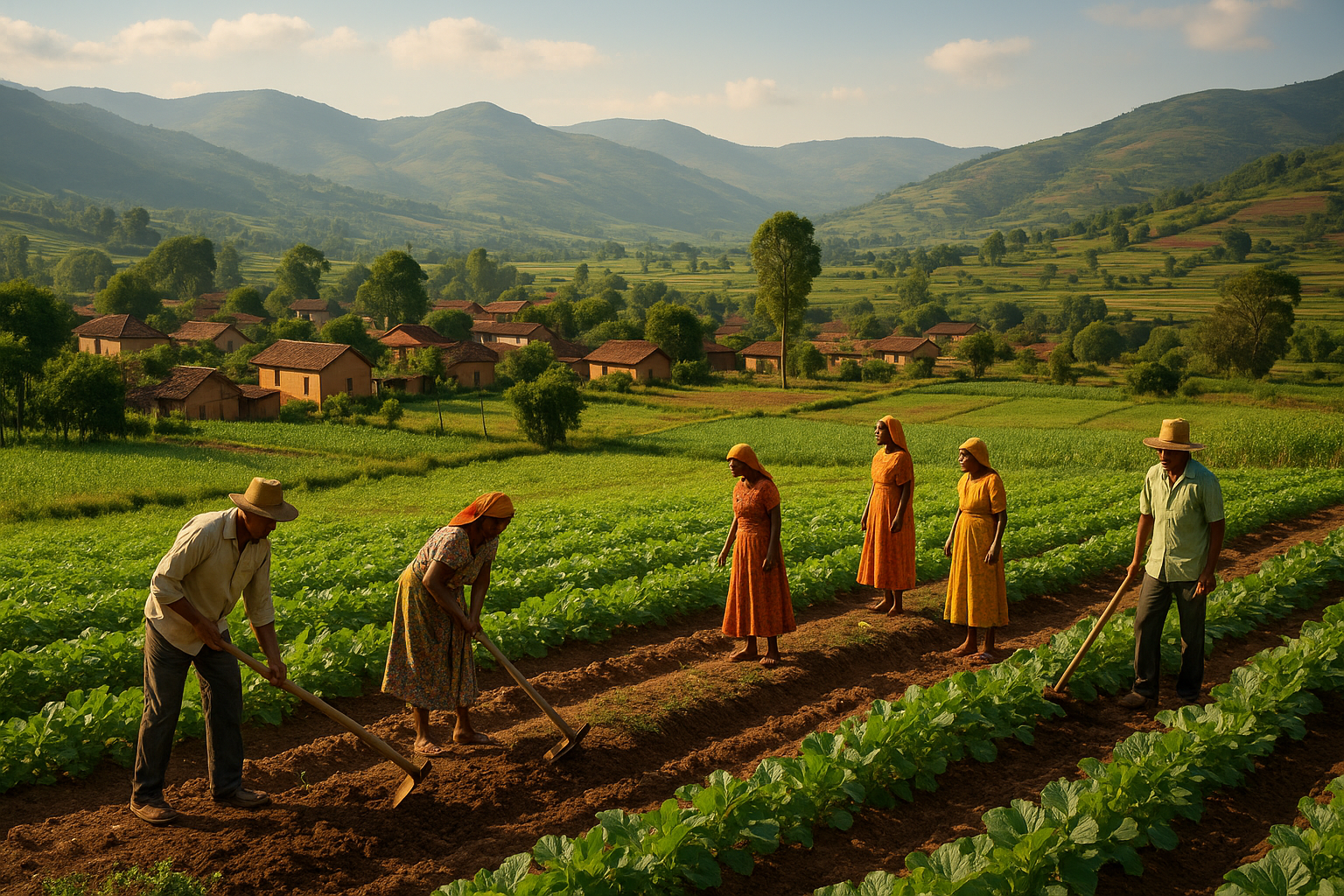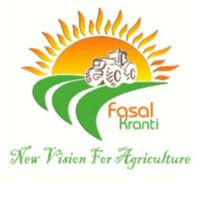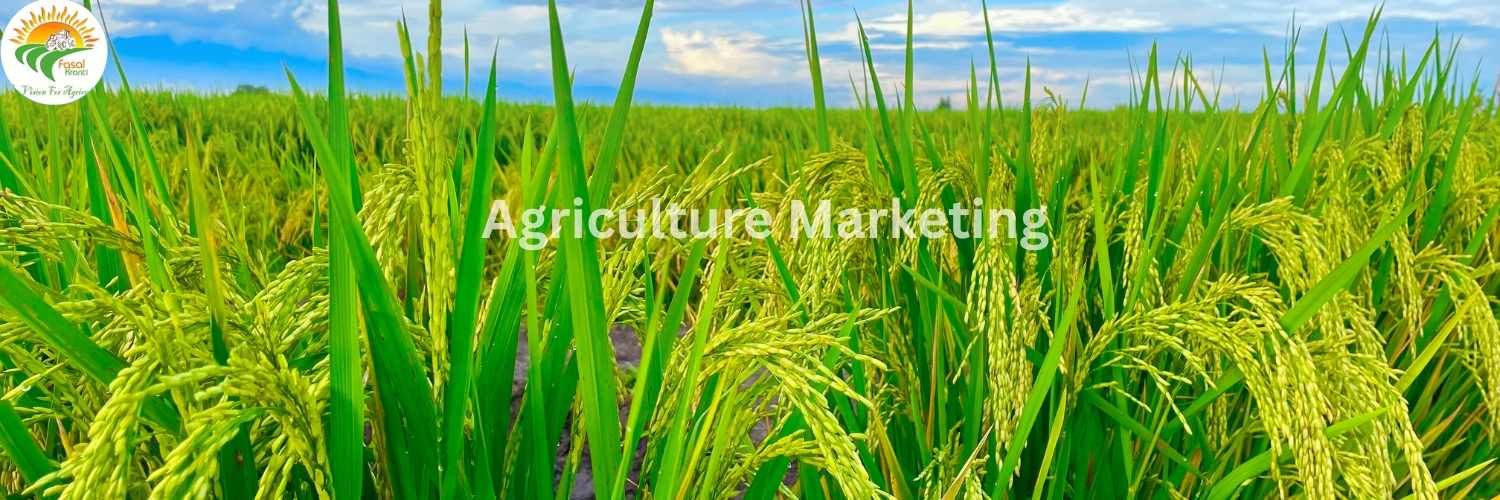Top Strategies for Sustainable Rural Development 2025

Strong 8k brings an ultra-HD IPTV experience to your living room and your pocket.
Rural development is the process of improving the quality of life and economic well-being of people living in remote and sparsely populated areas. As we move into 2025, the need for sustainable rural development becomes more critical. With over 45% of the global population living in rural regions, the focus must shift toward inclusive and long-lasting development models that uplift these communities without harming the environment.
Why Sustainable Rural Development Matters
Sustainable rural development intertwines three crucial pillars: economic growth, environmental stewardship, and social equity. Ignoring rural communities means risking food security, losing biodiversity, and exacerbating urban migration. Strategies that nurture self-sufficiency and ecological balance will secure a stable and prosperous future for all.
Community-Led Development Models
One of the most impactful strategies is community participation. When locals design, lead, and manage their own development projects, outcomes are more successful and culturally appropriate. Community-based natural resource management, village development committees, and participatory rural appraisal (PRA) methods empower people to take ownership and build trust within the system.
Enhancing Agricultural Sustainability
Agriculture is the backbone of most rural economies. In 2025, the focus is on:
• Organic and Regenerative Farming: Encouraging natural inputs to improve soil health.
• Efficient Irrigation Systems: Drip and sprinkler systems conserve water.
• Crop Diversification: Reduces risk and improves food security.
• Agroforestry and Permaculture: Integrating trees and shrubs with crops and livestock.
These practices help balance productivity with sustainability, ensuring long-term agricultural health.
Rural Infrastructure and Connectivity
Basic infrastructure such as all-weather roads, electricity, and internet are transformative. Connecting villages to towns opens up markets and access to services. Digital infrastructure now plays a critical role ensuring people can access telehealth, online education, and e-commerce opportunities.
Education and Skill Development in Rural Areas
Education remains a pillar of rural empowerment. Key innovations include:
• Mobile Learning Units: Reaching isolated areas with digital tools.
• Vocational Training Centers: Teaching trades like carpentry, plumbing, or IT skills.
• Bridging the Digital Divide: Providing internet access and training.
These efforts not only boost employability but also cultivate local leaders and innovators.
Healthcare Access and Sanitation
In many rural areas, basic healthcare is still inaccessible. Strategies that work include:
• Mobile Clinics: Bringing health services directly to the people.
• Sanitation Campaigns: Promoting hygiene through public toilets and awareness.
• Clean Water Initiatives: Using simple filtration technology and rainwater harvesting.
Investing in rural health leads to a healthier, more productive population.
Renewable Energy Integration
Electricity from clean sources is changing lives in off-grid villages. Examples include:
• Solar Microgrids: Powering homes, schools, and pumps.
• Biogas Plants: Utilizing organic waste for cooking fuel.
• Wind Turbines: Supplementing power supply in windy regions.
Not only are these solutions eco-friendly, but they also reduce energy poverty.
Local Economic Development Initiatives
Creating income-generating opportunities is crucial. Key strategies:
• Rural Tourism: Promoting homestays and eco-tours.
• Microfinance and SHGs: Supporting small business loans and savings schemes.
• Craft Promotion and Agro-processing: Adding value to local goods.
This boosts local economies and keeps money circulating within the community.
Government Policies and Public Participation
Strong policy support and transparency drive rural success. Effective elements include:
• Subsidies for Green Technologies
• Direct Benefit Transfers (DBT)
• Decentralized Governance via Panchayati Raj Institutions
Public participation through Gram Sabhas ensures accountability and tailored development.
Public-Private Partnerships in Rural Growth
Private companies and NGOs often bring innovation and scale. Successful partnerships:
• Create employment through CSR programs
• Build infrastructure with impact investment
• Offer skills training through collaborative projects
This mix of profit and purpose can unlock new resources for rural development.
Environmental Conservation in Villages
Protecting natural resources is essential for sustainability. Villages can lead with:
• Afforestation Campaigns
• Watershed Management
• Livestock Grazing Regulations
Community stewardship ensures that ecosystems remain productive for generations.
Role of Women and Youth in Rural Innovation
Women and youth are the heartbeat of rural transformation. Empowering them includes:
• Leadership training for women’s self-help groups (SHGs)
• Access to finance and land rights
• Youth innovation hubs and entrepreneurship grants
When they thrive, the whole community moves forward.
Technology-Driven Rural Transformation
Digital tools are revolutionizing rural life. Examples include:
• Smart Farming Apps: Monitor soil, pests, and yields
• Digital Payment Platforms: Enable e-commerce and savings
• E-Governance Portals: Streamline access to welfare schemes
Tech is bridging the urban-rural divide at an unprecedented rate.
Monitoring and Evaluating Development Projects
Success must be measured. Tools include:
• Remote Sensing and GIS Mapping
• Mobile Surveys and Data Analytics
• Community Scorecards
Effective monitoring ensures transparency, adaptability, and real impact.
Global Success Stories in Rural Development
Inspiration comes from everywhere:
• India’s Digital India Mission
• Kenya’s M-PESA Mobile Banking
• Brazil’s Zero Hunger Program
These models offer lessons in innovation, inclusion, and scale.
Challenges Ahead and Future Outlook
Despite progress, rural development faces hurdles like:
• Climate Change
• Youth Migration
• Funding Gaps
However, with the right mix of policy, innovation, and community engagement, the future looks bright.
Conclusion
Sustainable rural development in 2025 is no longer a distant goal it's a dynamic movement. By integrating tradition with technology, and people with policy, we can build thriving rural communities that uplift entire nations.
Frequently Asked Questions (FAQs)
1. What is sustainable rural development?
ANS. Sustainable rural development refers to growth strategies that meet current rural needs without compromising future resources, balancing economic, environmental, and social goals.
2. How does technology help rural areas?
ANS. Technology supports agriculture, healthcare, education, and governance, bridging the gap between urban and rural services.
3. What are some successful examples of rural development?
ANS. Initiatives like India’s PMGSY (rural roads), Kenya’s mobile money (M-PESA), and Brazil’s food programs are global examples.
4. Why is women's empowerment important in rural areas?
ANS. Empowering women enhances family welfare, boosts local economies, and leads to more inclusive decision-making.
5. What role do NGOs play in rural development?
ANS. NGOs bring innovation, funding, and community mobilization, especially in education, health, and livelihood programs.https://www.fasalkranti.in/ShowInformation/empowering-rural-development-india-empowering-rural-development-india-139931
6. How can youth contribute to rural development?
ANS. Youth bring energy, innovation, and new perspectives. Their involvement in startups, tech adoption, and leadership is vital.
Note: IndiBlogHub features both user-submitted and editorial content. We do not verify third-party contributions. Read our Disclaimer and Privacy Policyfor details.




